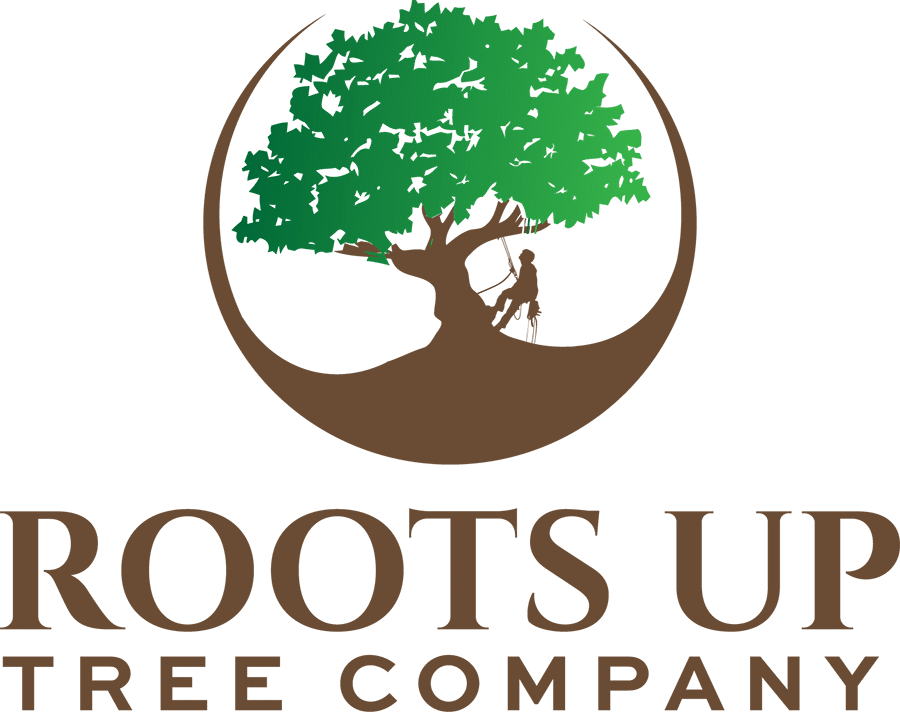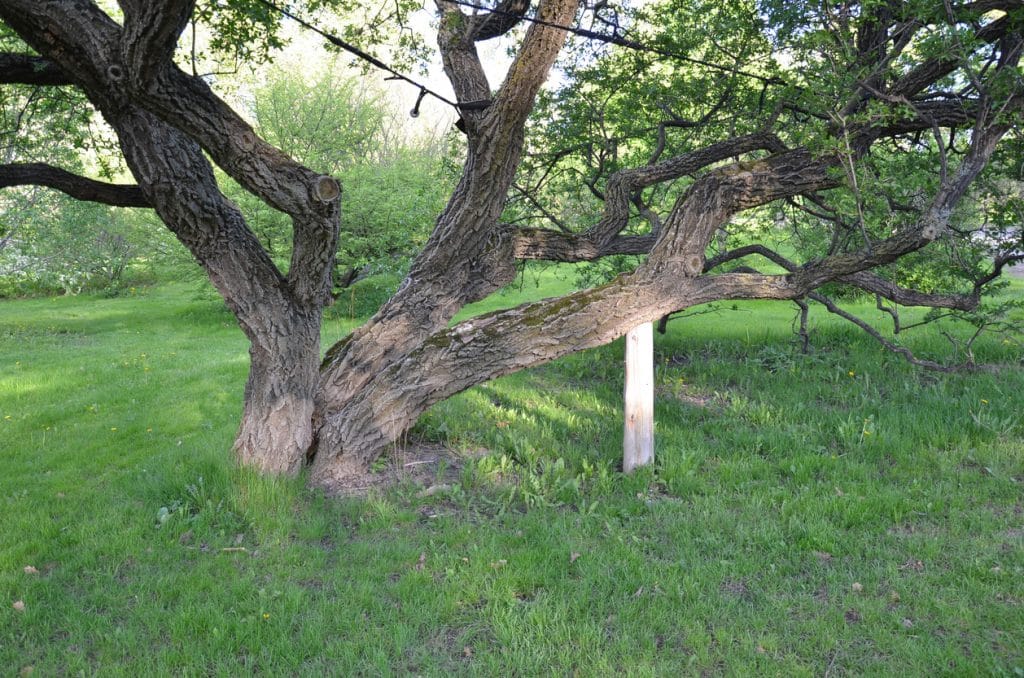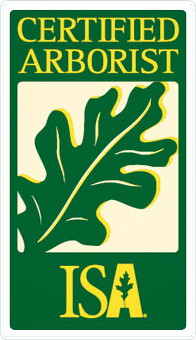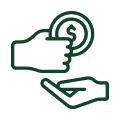Tree cabling is a process that uses high-strength cables to prevent structural weaknesses on trees. Cabling can correct improper growth and avert the risk of branches falling in high winds. Here are the top three reasons you may need cabling to rescue your trees.
1. Redistribute the Weight of the Tree
Trees can grow massive canopies and provide much-needed shade on your property. But the growth can be uneven when some branches receive more sunlight than others. Over time, the weight may force the tree to lean on one side.
Extreme heat stress, poor soil conditions, and storms are some of the factors that can weaken your trees. With proper installation, cabling can prevent cracks and wounds on the tree.
Cabling is essential for rescuing weak plants, especially in places with human traffic with a high risk of causing an injury. A tree with structural problems can fall on a high-voltage line or your roof.
2. Address Cracks and Wounds From Improper Pruning
Tree injuries can occur from improper pruning or trimming. In Boulder’s semi-desert climate, it’s best to prune from February to March when the tree is still dormant.
The scorching temperatures in summer create a suitable environment in your garden for most pests to thrive. Nonetheless, pruning also depends on the tree and the condition of the plant.
Cabling is only on plants with minor injuries but not for diseased or dying trees. A routine inspection is necessary to identify cracks and wounds before they can impact the tree’s structural integrity. The earlier you isolate the problem, the easier it will be to solve it through cabling.
Cabling can prevent further cracks and wounds to the tree. But if the tree has overgrown branches, you can prune it to restore its structure. Roots Up Tree Company, an ISA-certified company, recommends trimming the tree before starting the cabling process in Boulder.
3. Correct Splitting or Weak Limbs
An arborist may prescribe bracing your trees if the union between limbs is at risk of breaking. Bracing involves holding together splitting branches with steel rods and bolts.
The placing of the rods will depend on the condition of the limbs. The line must be tight enough to hold the branches but not so taught that it constricts the plant’s growth. The proper hardware and placement of rods and cables are essential for optimal results.
Certified arborists apply scientific methods to diagnose the tree for structural problems. Professionals use industry-grade hardware to minimize corrosion and issues that may impact the tree’s recovery. Our professionals will also routinely inspect the installation and make adjustments where necessary.
Tree bracing can restore the tree’s growth and stop structural damage. A routine inspection is the best way to prevent your valued trees from decaying. Roots Up Tree Company offers free estimates for outstanding tree care services in Boulder, CO. Contact us today to learn more.
